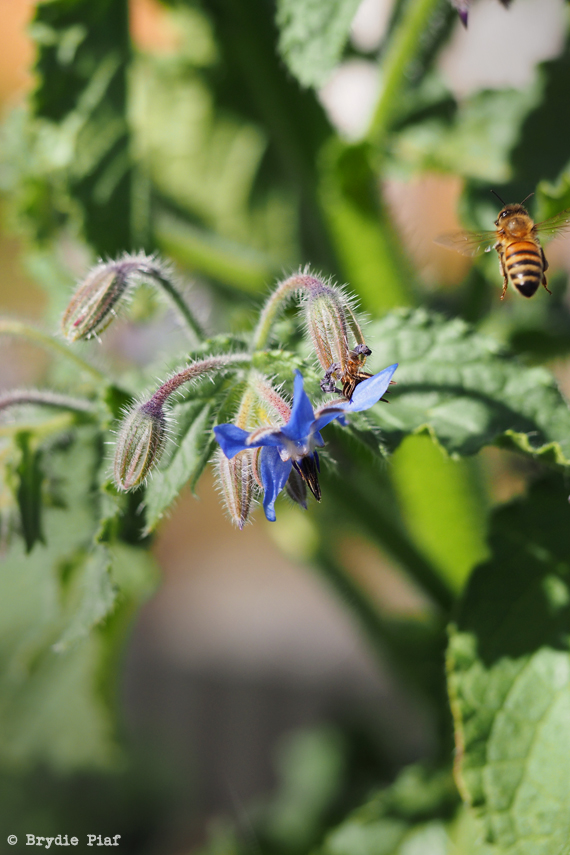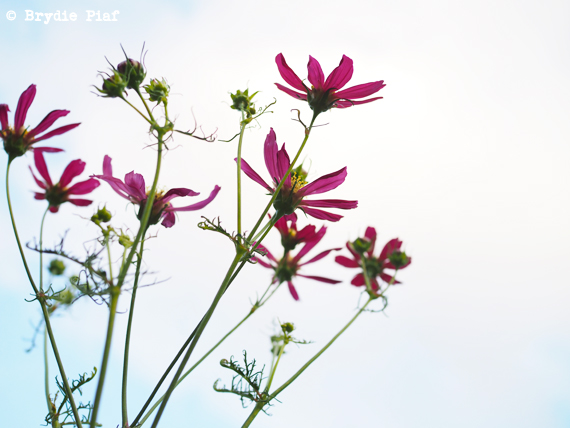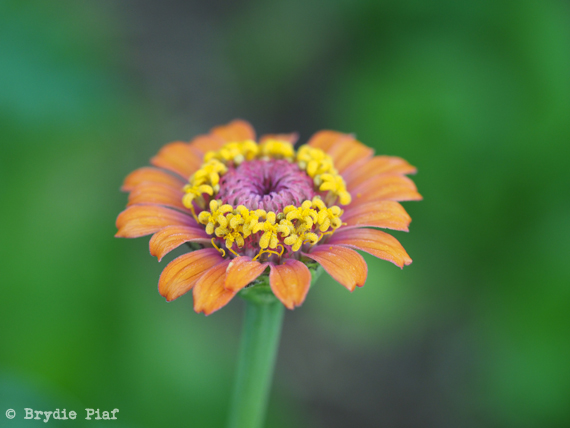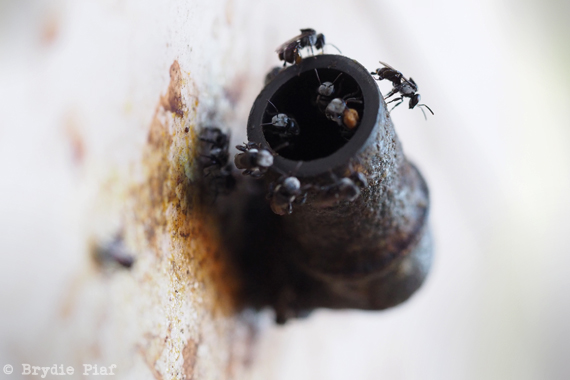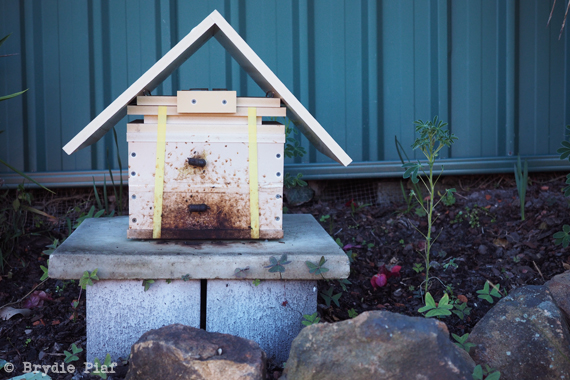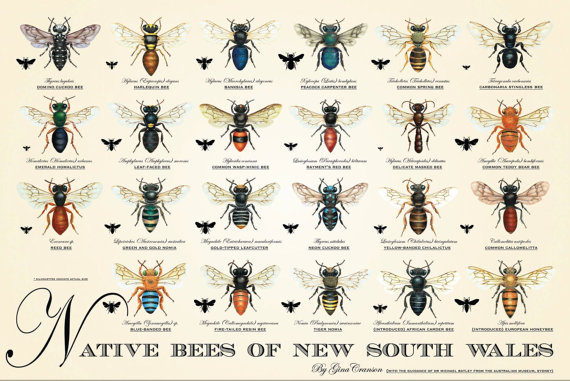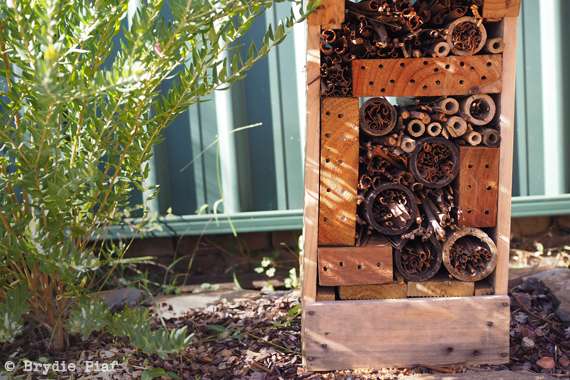Looking around my garden, while it certainly wasn’t a total sea of blooms and wildflowers, for a garden that was 7 months young it had a decent selection of flowers both for us and our local bees. I was actually pretty happy with how it was all shaping up. Some flowers had come and gone, some flowers were still to be planted when spring officially raised her head again, and somethings had been there since we began.
When we had first started ripping up agapanthus and gardenias (which is what this garden had solely had before us; alongside grass and crap soil) I had vehemently said, we shall not grow anything that doesn’t serve an eating purpose and is useful! While I still stand by that statement, I have added a little bit more flexibility to it. Kangaroo Paw and and Daisies have earned their positions in the sun and while we don’t eat them, they look gorgeous and are a great addition for our bees to choose from.
For the bees and other local beneficial pollinators my wild plans of having a year round selection of changing seasonal foraging options… well it’s actually shaping up quite well.
Here’s a list of some bee friendly (whether they are native stingless, solitary or honey bee) plants that have made their way into the garden or will be in the next month or so.
Alyssum– sweet scented, great for a ground cover.
Borage– you can also eat the slightly spiky leaves, just finely chop them first. Edible flowers, great for decorating and salads.
Blueberries– Hopefully they’ll turn into blueberries at some stage, they do seem to have a long flower stage, (this is their first year out of pots.)
Calendula– Not on the excellent end of the colour chart for bees but it has many other uses so I’d be mad not to include it.
Clover– Tiny soft scented flowers, loved by bees and adored by small hands.
Comfrey– It’s been lying fairly dormant in a corner of the yard, biding time for warmer weather ((I hope!) A good soil conditioner, great for compost and a medicinal plant.
Cornflower– Not yet planted but the seeds are ready to go, come warmer weather. Plant too early and the seeds won’t germinate in the cold wet soil.
Cosmos– these were such a joy over the warmer months, with so many flowers coming from a single plant. They also gave great shade to some of the more delicate vegetables.
Daisy– and oldy but a goody, and I can pretty much completely ignore them in terms of maintenance.
Dandelion– They grant wishes, don’t really make you wet the bed and are a super simple flower addition to your bee flowers.
Kangaroo Paw– a gorgeous Australian native that doesn’t require much attention at all.
Lavender– They happily sit in my “Mediterranean Corner”, sounds far more exotic than the dry corner where it cops the most sun.
Lupins– great green manure crop, where I was supposed to cut them down before they got to flower stage…nah, just couldn’t do it. I loved seeing bees on the flowers.
Marigold– again not at the good end of flower colour chart but still a favourite and easy to generate more seedlings, so they are here to stay.
Nasturtium– Good ground cover, will climb if you train it up and flowers look lovely for food decorating.
Rocket– My first rocket crop was a failure due to rubbish soil, I’ve learnt from it, can now grow great rocket and have let the rubbish crop go to flower so still creates a garden benefit.
Sunflowers– I haven’t planted these beauties yet as still a bit cool, but the seeds are good to go and I’m just a little bit excited about have 2.5 metre flowers within my garden.
Thai Basil and Holy Basil– I’ve got patches of both, and while not quite at the large bush stage, they are looking promising.
Yarrow– this beauty is doing wonderfully well, conditioning my soil, providing seasonal flowers and is a great medicinal garden addition.
Zinnia– currently not flowering due to winter but summer gave a wonderful crop which helped with shading some of my more vulnerable vegetables during the middle of the day heat. They were also remarkably easy to generate more seedlings with the dried flower heads.
************
If you are creating your own bee flower garden, do keep in mind, they can see the purple/blue coloured flowers the best, with red flowers being at the end of their scale. I’d say skip the red roses this year and head for the borage!
What plants do grow for the benefit of both you and your bees?
For more reading on bees and their colour preferences see here.





